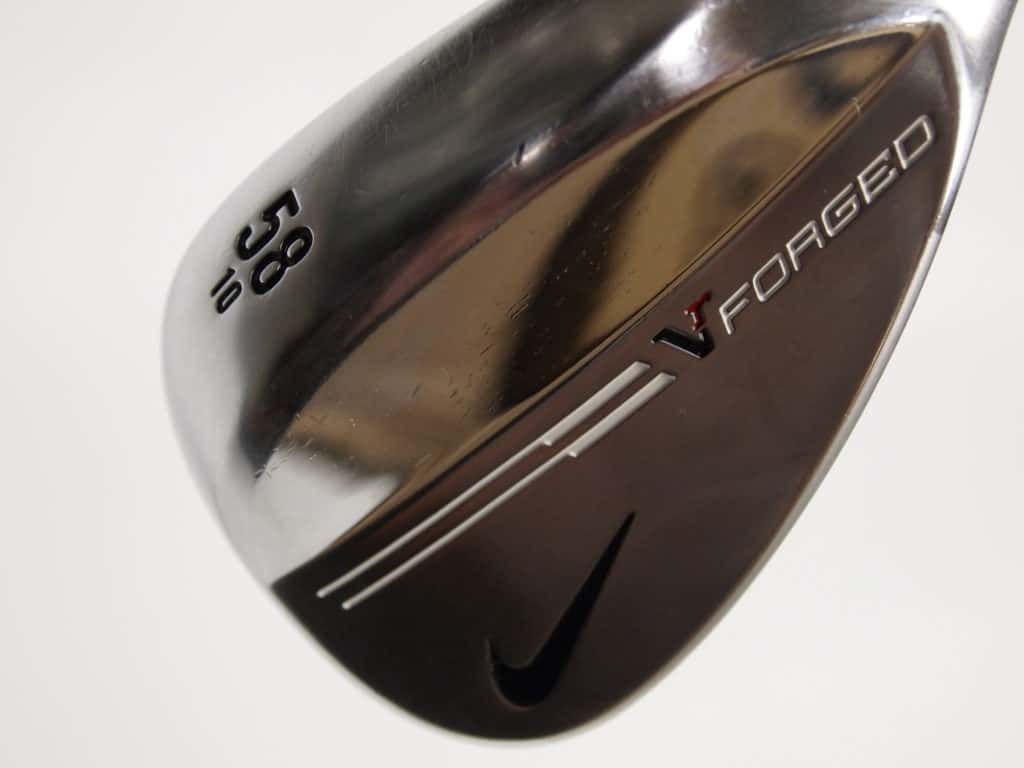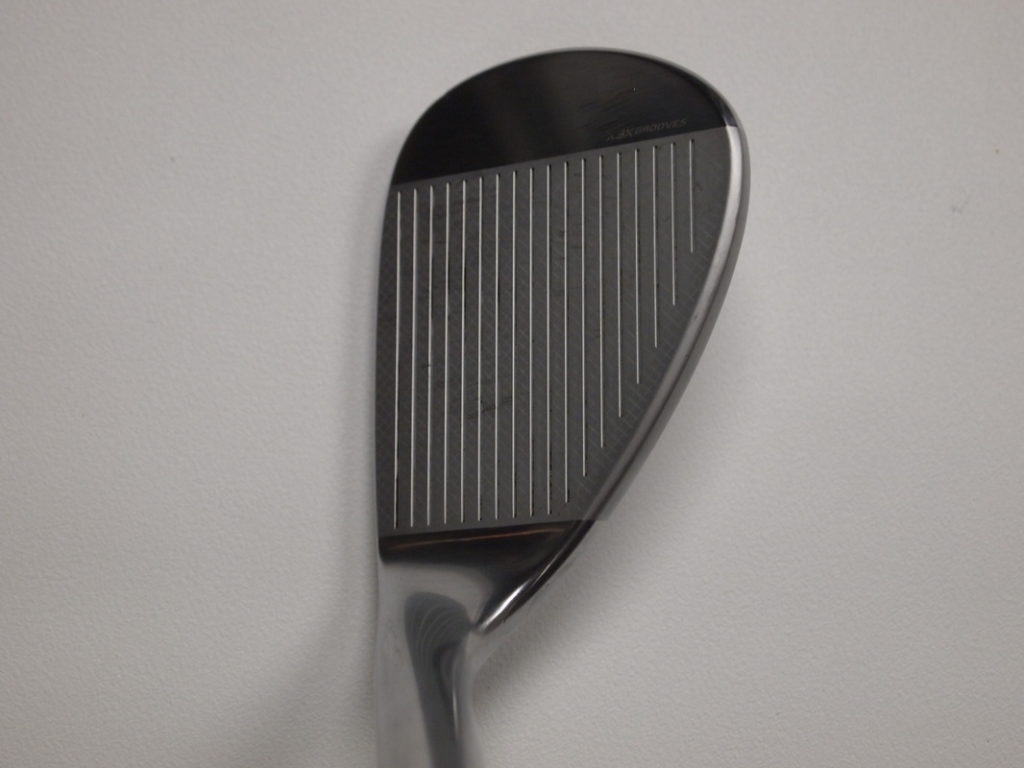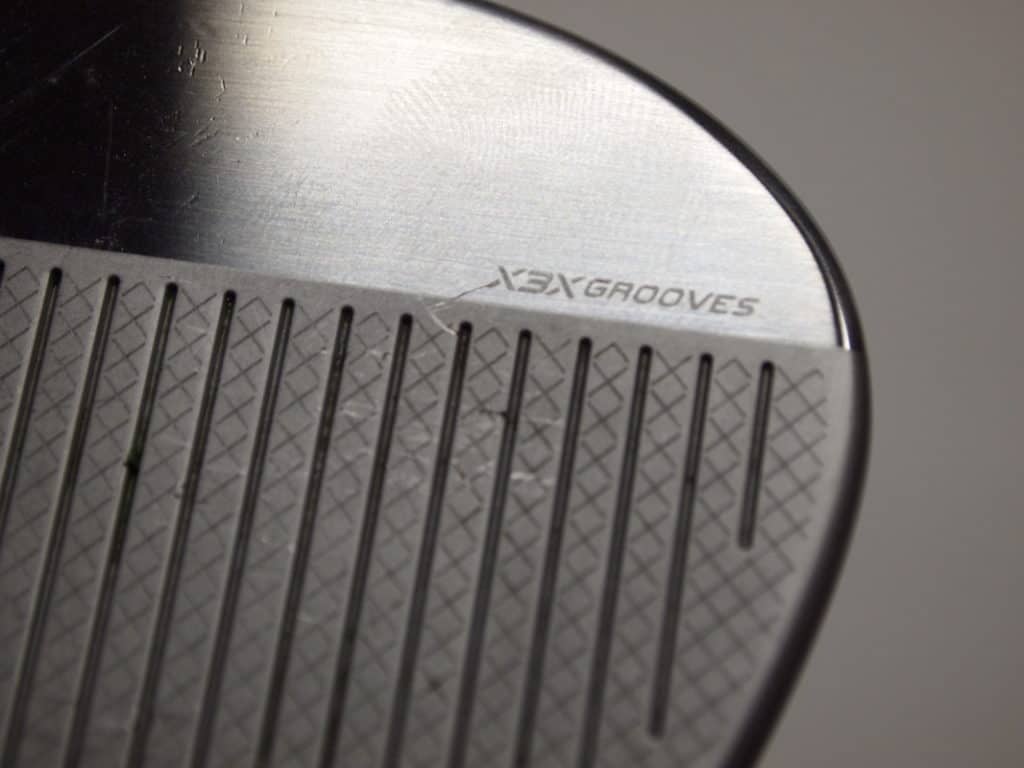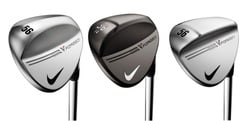Review: Nike VR Forged Wedges
You may also like

The Nike VR forged wedges changed slightly in 2013, mainly in the sole grind options. These changes were to ensure the golfer get the most consistent turf interaction on every shot. They now offer 3 grinds. Standard Grind (they call it their most versatile profile for all conditions) Dual Narrow Grind (their higher bounce and extreme heel relief) or Dual Wide Grind (their wider sole with a low bounce.) I opted for the standard grind because I play so many different courses with such varying conditions I wouldn’t fit into one end of the spectrum or the other. Many golfers however play either the same course regularly or their weather doesn’t vary like MN’s. They come in black oxide or satin chrome. I went with the satin chrome which looks really clean and matches well with the Nike VR Pro Combo set of irons I play.
The head shape is just a little less round than the VR Pro wedges. They have a little straighter leading edge. This all creates a little nicer looking combo for my eye. Much of wedge play is confidence in what the club is going to do and if it doesn’t fit your eye or if you are worried about the offset or sharp edge, it is going to make your short game suffer.

I play a 54* and 58* wedge combo. The 54* is basically a gap wedge that I use for 100 yard shots. This really where the consistency shows itself. If I hit it from the fairway, I expect about a 1yard roll out on typical greens. Unfortunately I don’t always get hit from the fairway, when I’m hitting out of the rough I plan for about 5 yards of roll-out. The consistency is excellent on every shot. Even if you can’t get tight because of a pin location, it is nice to know what the ball is going to do on each shot.
The 58* wedge is 85 yards and in. This wedge is just as consistent as the 54*. It gets a good workout from many different locations on the course. It clips the ball cleanly off the fairways with just a slight dig into the turf. The grind is plenty versatile to open it up for a flop shot. The grind has good trailing edge relief for sand shots too.

The feel of a Nike VR Forged wedge is still one of my favorites. While some claim you can’t feel the difference in a blind test between cast and forged, I don’t believe it. It is pretty obvious on most shots, except maybe far off-center hits, what kind of wedge you are hitting. The forged feel is clearly softer, even if there is slightly less durability, the feel is superior and worth it. I appreciate that Nike keeps making forged wedges because they feel as good as any wedge you can buy at the golf store. If you are looking for a forged consistent wedge, these should be at the top of your list.
For more information: www.nikegolf.com
Quick Hits
+Consistent results
+Soft forged feel
+Multiple grind options
+Good controllable spin



